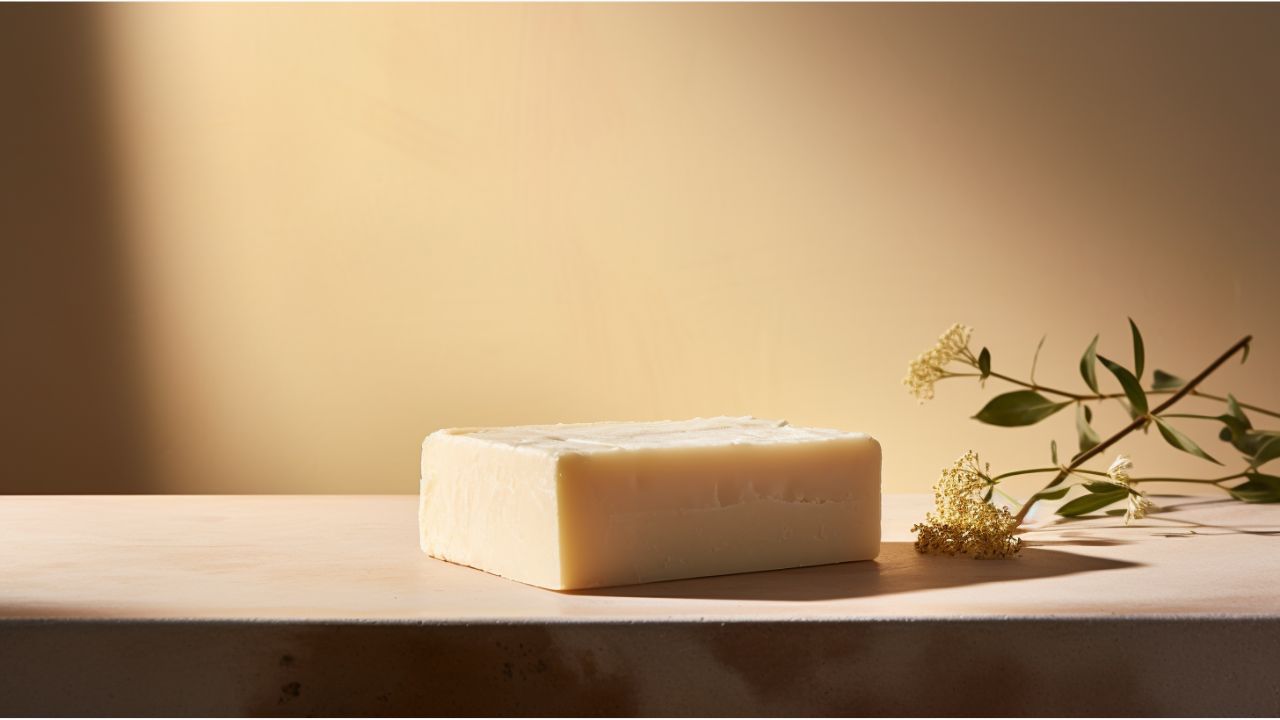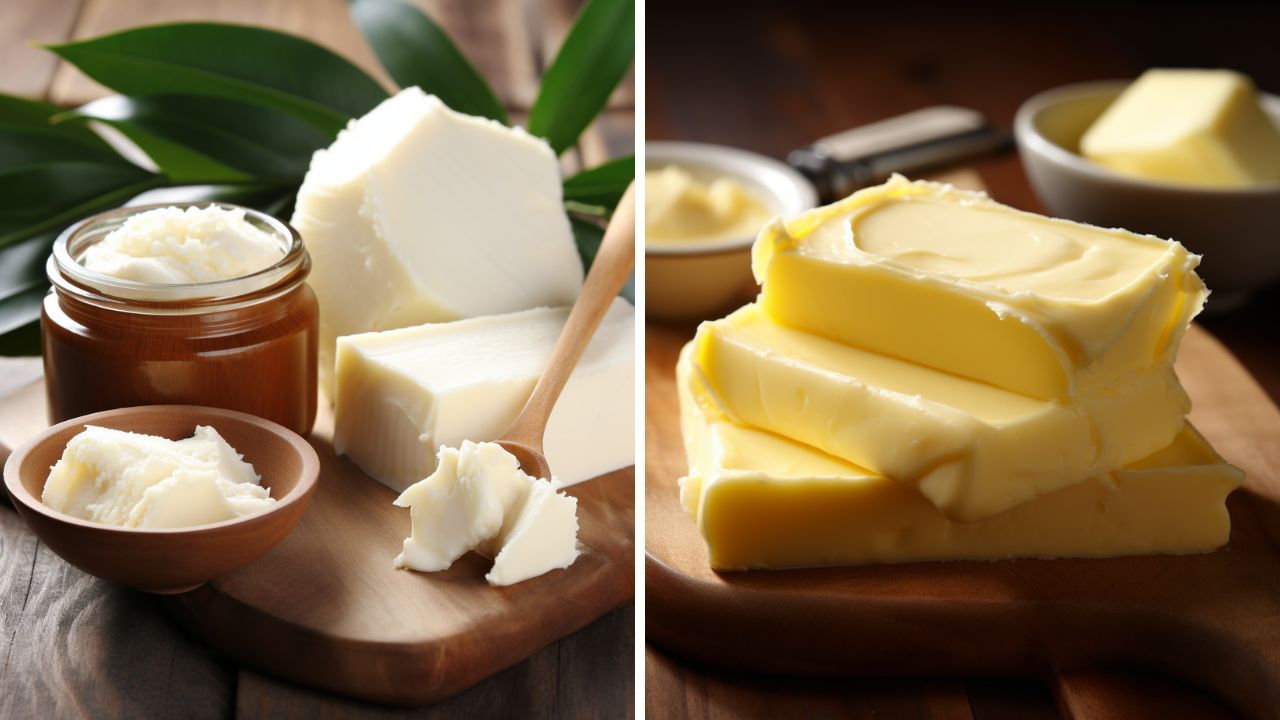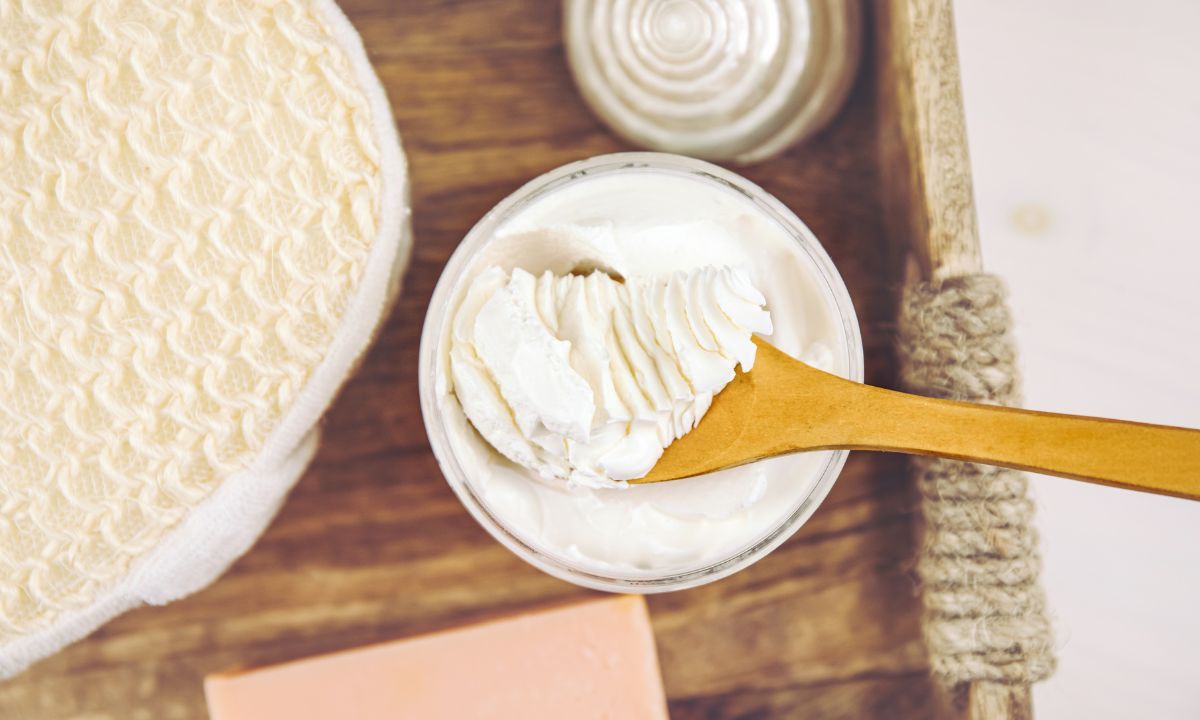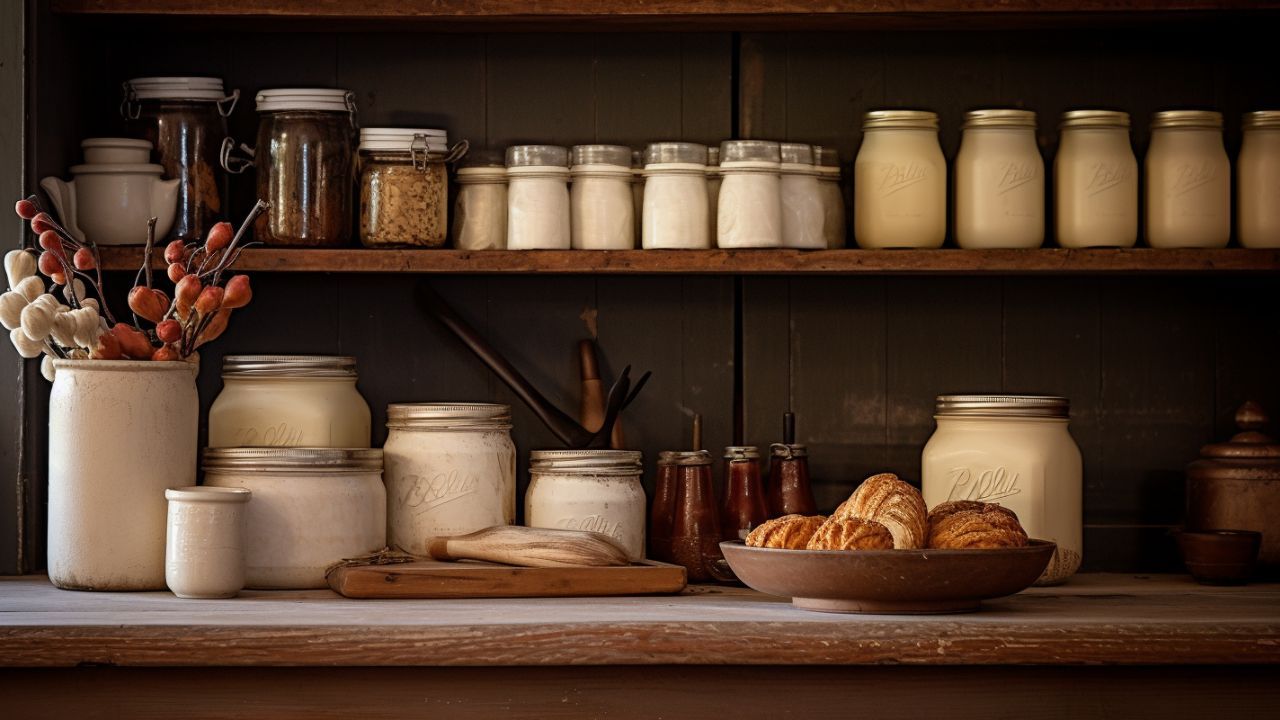
How to Store Beef Tallow for Maximum Shelf Life
Discover the best ways to store beef tallow. Learn about the factors affecting tallow's shelf life, the right storage containers, and creative uses for this versatile ingredient.
Beef tallow, once a staple in kitchens worldwide, has been rediscovered as a versatile and healthy cooking fat.
With a revival in traditional cooking methods and a growing appreciation for natural, sustainable products, tallow has made a comeback in both culinary and non-culinary applications.
But how do you store this valuable fat for maximum shelf life?
In this blog post, we’ll guide you through the world of beef tallow, from understanding its properties to mastering how to store beef tallow, so you can make the most of this remarkable ingredient.
Key Takeaways
- Beef tallow is a versatile ingredient with numerous health benefits and can be preserved through proper storage.
- Factors such as air exposure, light, temperature, and moisture affect the shelf life of tallow which must be managed accordingly.
- Creative uses for beef tallow include frying, moisturizing skin, lip balm making, and candle making. Bulk storage tips are also available to ensure its quality and freshness.
Understanding Beef Tallow
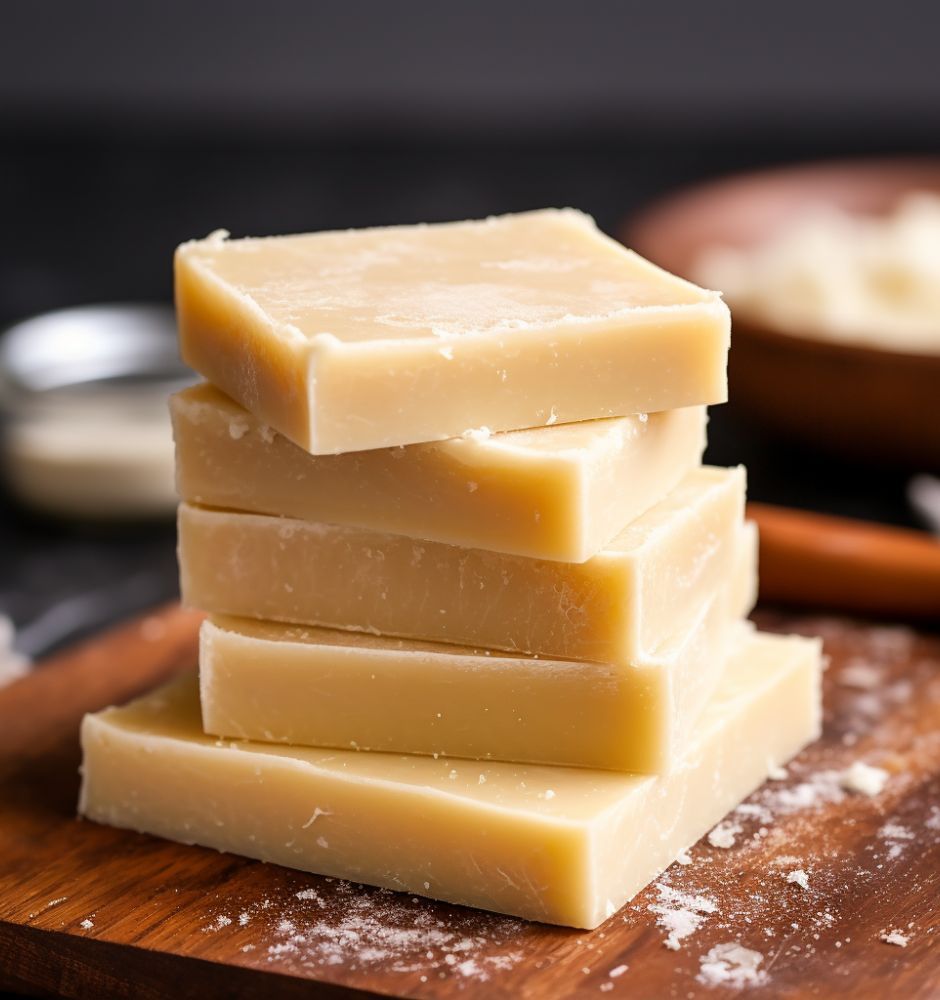
Beef tallow is the rendered fat obtained from beef, often used as a healthier alternative to some vegetable oils, saturated fats, and pork fat.
It is a creamy, ivory-hued solid at room temperature and is enriched with vitamins A, D, E, and K. With a high smoke point of 400°F (205°C), tallow is suitable for deep frying and can complement smoked beef dishes.
Tallow has been a key ingredient in many applications for centuries. It is not only used for cooking but also for skincare and candle making.
Homemade tallow is primarily composed of triglycerides and saturated fat, with smaller amounts of unsaturated fatty acids and cholesterol. It is derived from suet, a raw form of beef fat that comes from the kidneys, with lamb tallow being a similar product made from lamb fat.
To maintain its quality and enhance its shelf life, which can be up to a year for untreated tallow and two years for homemade tallow soap, tallow needs to be properly stored.
Knowing the factors that affect tallow’s shelf life and the appropriate storage methods will ensure that you can enjoy the benefits of this versatile ingredient.
Rendering Process of Beef Tallow
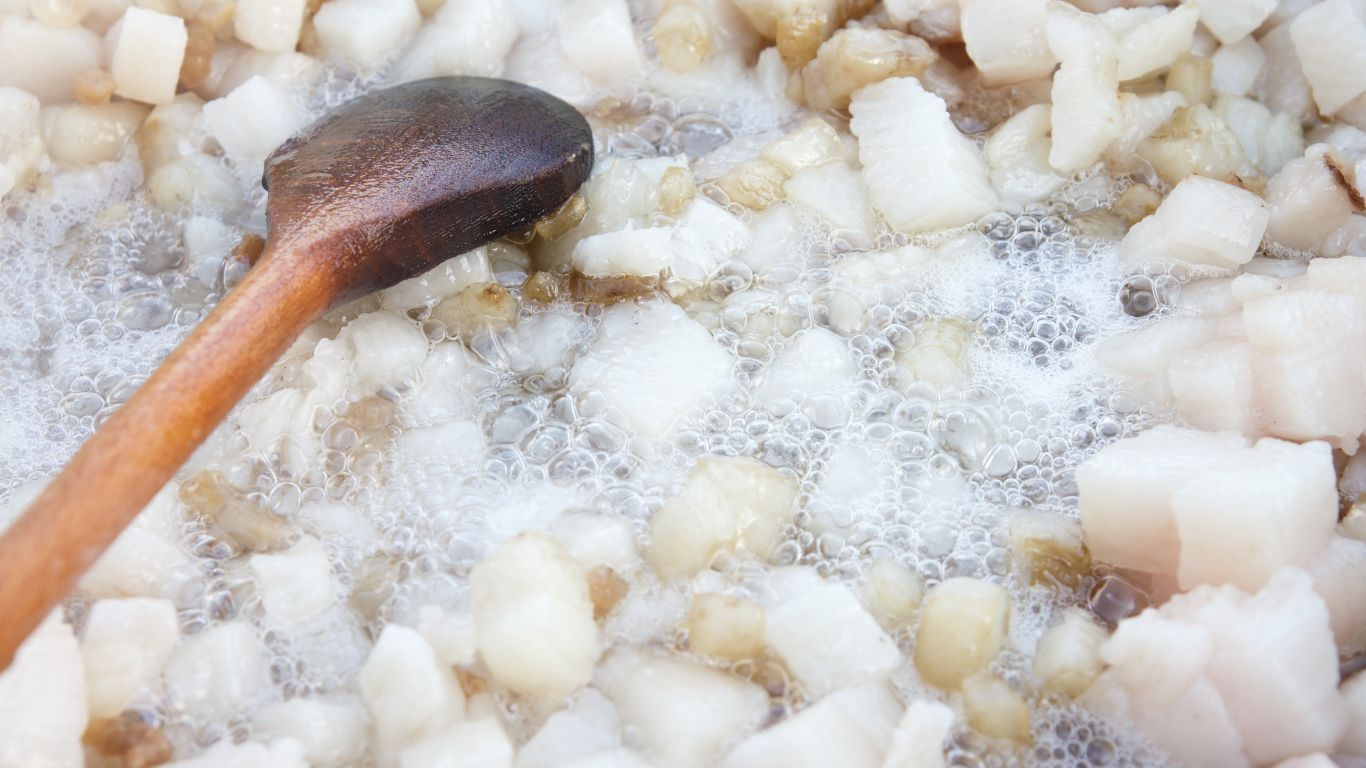
The rendering process of beef tallow involves:
- Simmering raw beef fat until it transforms into liquid fat
- Straining and cooling it to generate a solid, shelf-stable product
- Using it for various purposes, including making homemade tallow soap
This process significantly contributes to preserving the quality and flavor of the tallow while enhancing its shelf life.
It is imperative to let the tallow cool and solidify entirely before commencing the curing process, as this ensures the best possible quality and shelf life.
Factors Affecting Tallow Shelf Life
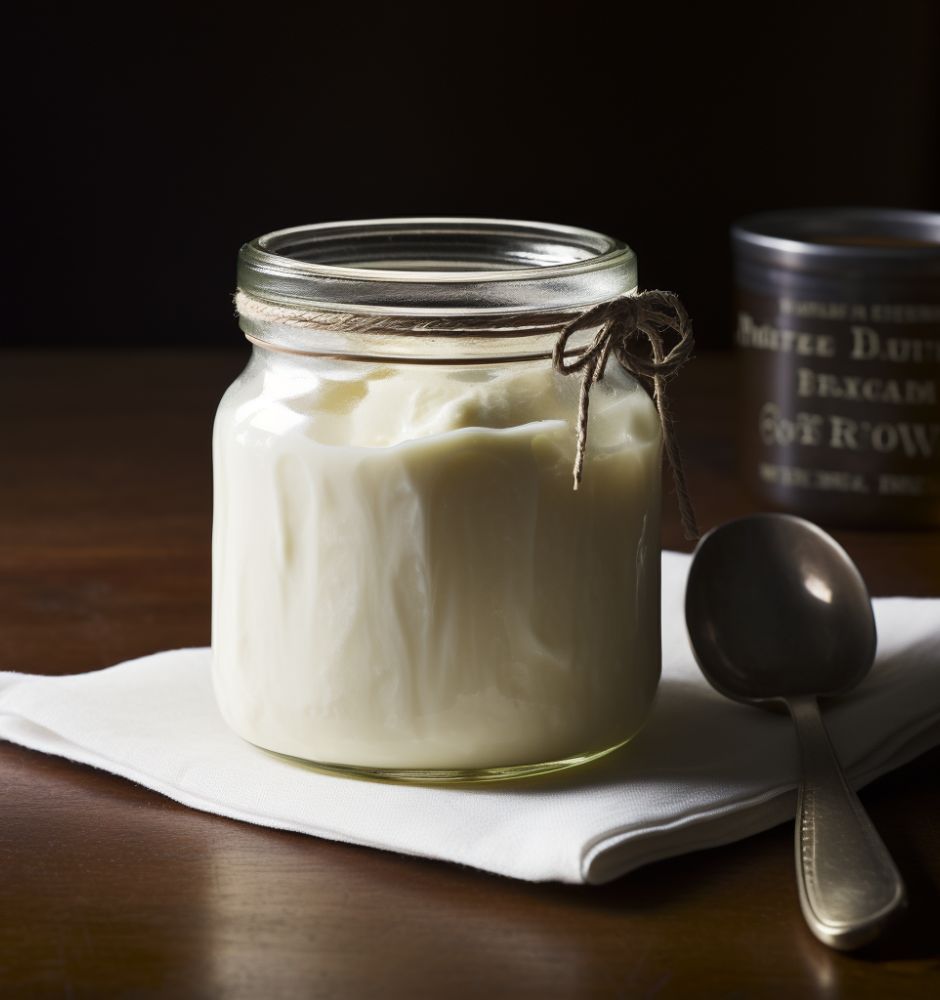
Several factors influence the shelf life of tallow, including:
- Air exposure
- Light
- Temperature
- Moisture
In the following sections, we will delve into each of these factors and provide practical tips for preserving your tallow, ensuring it remains fresh and flavorful for as long as possible.
Air Exposure and Oxidation
Air exposure and oxidation can have a detrimental effect on tallow shelf life.
Utilizing airtight containers or vacuum-sealed bags when storing tallow helps to minimize these effects.
- Airtight containers shield tallow from oxygen exposure and consequently prolong its shelf life.
- Vacuum-sealed bags, on the other hand, are constructed from resilient materials that create an airtight seal and eliminate surplus air from the bag, thereby preventing oxidation and extending the shelf life of tallow.
These storage methods not only protect the tallow from air exposure but also help maintain its quality and consistency. By minimizing air exposure and oxidation, you can enjoy the rich flavor and nutritional benefits of tallow for an extended period.
Light and Temperature Control
The quality and shelf life of tallow are greatly influenced by light and temperature.
It is vital to keep tallow away from direct sunlight and maintain a consistent temperature between 50°F and 70°F (10°C and 21°C) to ensure its preservation.
Storing tallow:
- Store in a cool, dark place, such as a pantry or cupboard
- Avoid heat and moisture
- Proper light and temperature control will prolong shelf life and preserve nutritional value and quality.
Moisture Management
Excess moisture can cause spoilage and the proliferation of bacteria, thereby reducing tallow shelf life. To avoid spoilage caused by moisture, it is recommended to:
- Store tallow in dry containers
- Avoid humid areas
- Before adding the tallow, make sure that the storage containers are completely dry; this is a vital step in managing moisture.
Consider using moisture-absorbing packets or silica gel packs when storing items. By controlling humidity and keeping tallow in dry containers, you can maintain its freshness, quality, and shelf life.
Choosing the Right Storage Containers
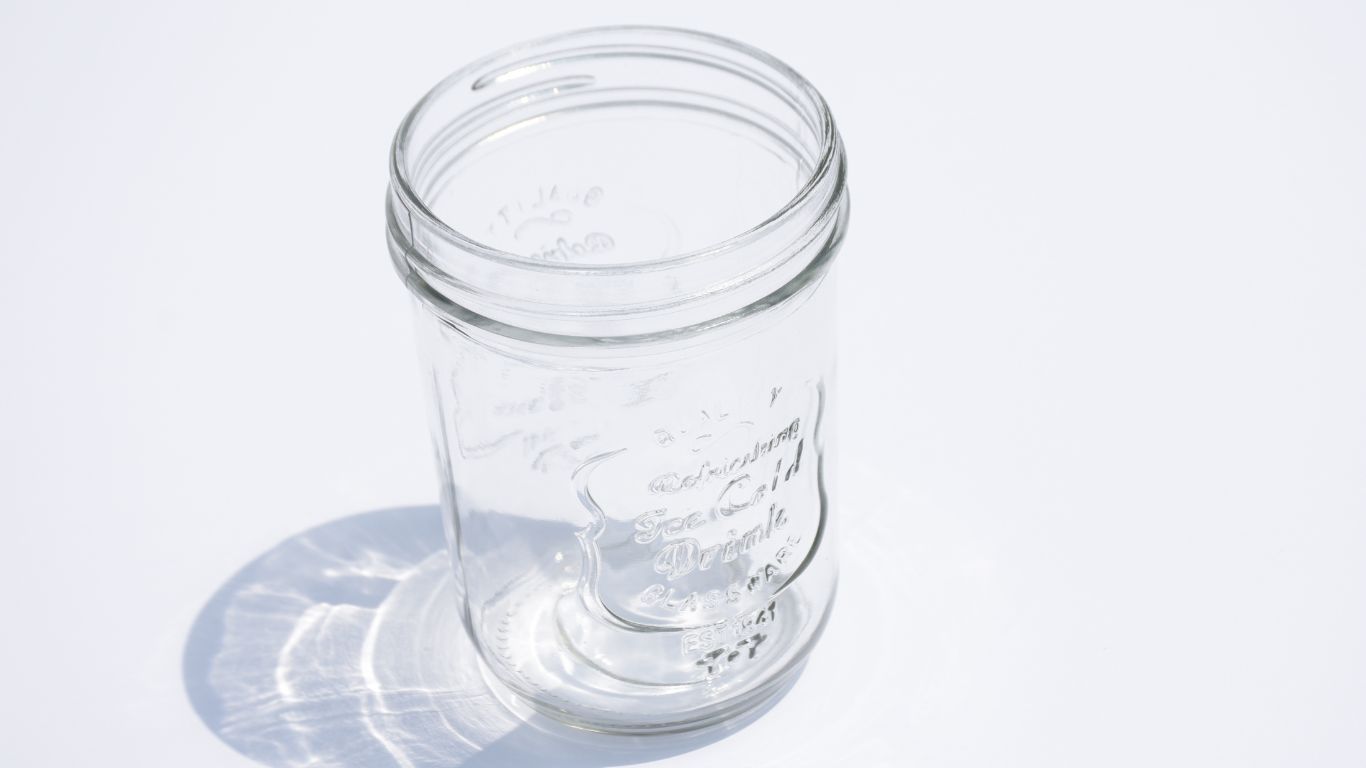
The quality and shelf life of tallow can be maintained and prolonged by choosing suitable storage containers. Some options include:
- Food-grade glass jars: non-reactive and suitable for freezing
- Stainless steel containers: offer durability and protection against light and air exposure
- Food-grade plastic containers: lightweight and resistant to breakage
Each type of container has its benefits, so choose the one that best suits your needs.
Regardless of the container type, ensure that it is clean, dry, and completely sealed to prevent air exposure, oxidation, and moisture. Choosing the right storage container will not only preserve the quality of tallow but also help extend its shelf life.
Storing Tallow at Room Temperature
Tallow can be stored at room temperature for up to a year in a cool, dark place using airtight containers, provided that the environment is stable and free from humidity.
However, regular monitoring of the quality of tallow stored at room temperature is necessary. Factors to check for include:
- Signs of spoilage or rancidity
- Exposure to light
- Temperature fluctuations
- Air exposure
- Moisture
- Contamination
All of these factors can influence the quality of tallow stored at room temperature.
By controlling these factors and storing tallow in a suitable environment, you can enjoy the convenience of having tallow readily available at room temperature while ensuring its quality and shelf life are maintained.
Refrigerating and Freezing Beef Tallow
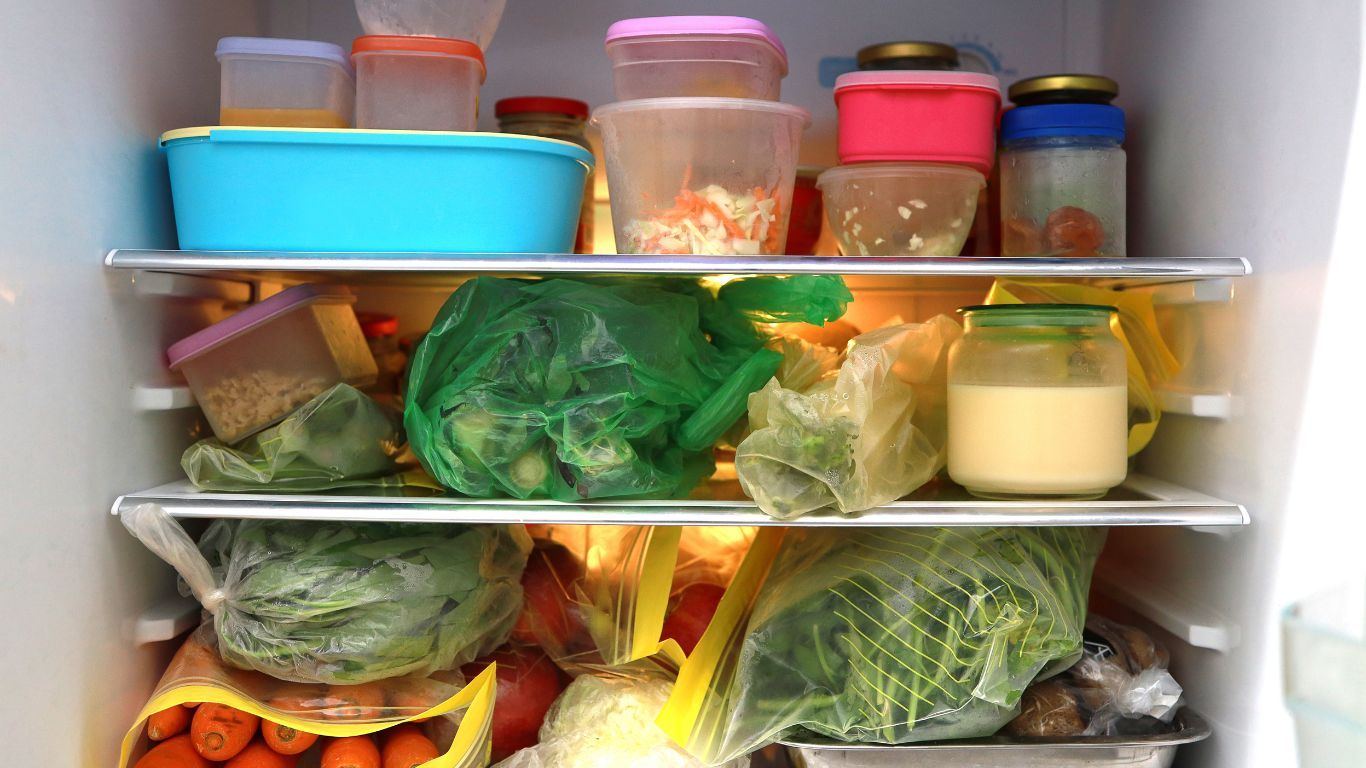
Refrigerating tallow can extend its shelf life up to 18 months, while freezing can preserve it for over 2 years.
These longer storage options are particularly useful for those who have large quantities of tallow or wish to store it for an extended period.
When deciding to freeze tallow, remember to:
- Cut it into smaller pieces
- Place it in airtight, freezer-safe containers or tightly wrap it in freezer-safe bags
- Remove any air to prevent freezer burn
- Label the containers with the storage date
This method will help maintain the quality and freshness of the tallow while making it easy to portion for future use.
Whether you choose to refrigerate or freeze your tallow, using the proper containers and techniques will ensure that your tallow remains fresh and flavorful for as long as possible.
Defrosting and Reusing Frozen Tallow
When it’s time to use your frozen tallow, defrost it slowly in the refrigerator or at room temperature to maintain its quality and consistency.
Once the tallow has been defrosted, it can be used for a variety of purposes, such as cooking, skincare, or candle making. By properly defrosting and reusing frozen tallow, you can enjoy its various benefits and applications without compromising its quality.
Signs of Spoilage and Rancidity
Before utilizing your tallow, make sure to check for signs of spoilage and rancidity to confirm it is still safe and suitable for use.
Potential causes of discoloration in spoiled beef tallow may include oxidation of the fat, microbial growth, and enzymatic breakdown.
Spoiled tallow not only loses its nutritional value but can also cause an upset stomach if consumed. Therefore, it is crucial to regularly inspect your tallow for any signs of spoilage or rancidity.
By being vigilant and checking your tallow for signs of spoilage, you can ensure that you are using a safe, high-quality product that will provide the best possible results in your cooking and other applications.
Creative Uses for Beef Tallow
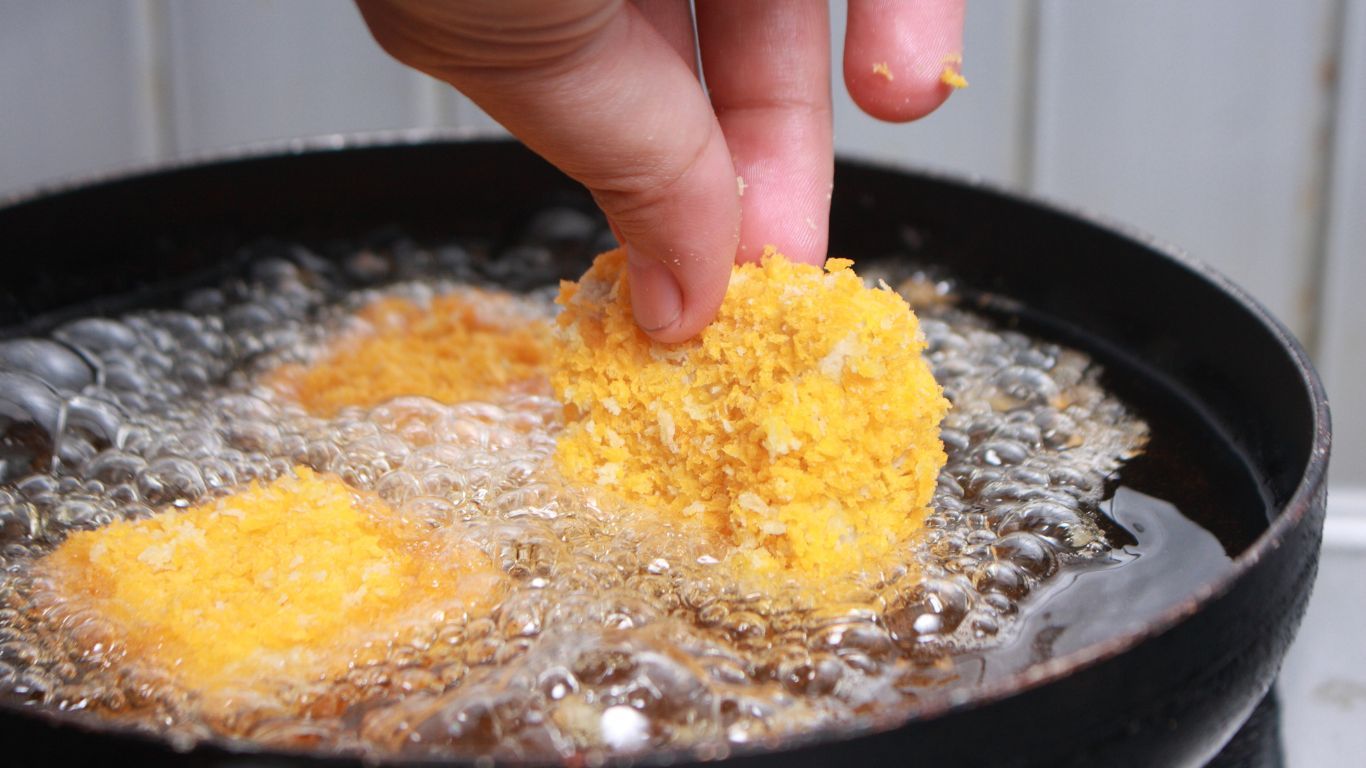
Beef tallow is a versatile and sustainable product that can be used for more than just cooking. Its uses include:
- Frying, sautéing, and baking due to its high smoke point and rich flavor
- Moisturizer for the skin
- Lip balm
- Soothing a rash, thanks to its skin-nourishing properties
Homemade tallow candles have a relatively long shelf life of up to 1-2 years when stored appropriately. By incorporating fragrances and dyes, you can create your own homemade soap and candles with unique scents and colors.
In addition to these applications, tallow can also be used for leather conditioning, providing a natural and effective treatment to keep leather goods supple and well-maintained.
With so many creative uses for beef tallow, it’s no wonder that this versatile ingredient has become a staple in both culinary and non-culinary applications.
Tips for Bulk Storage
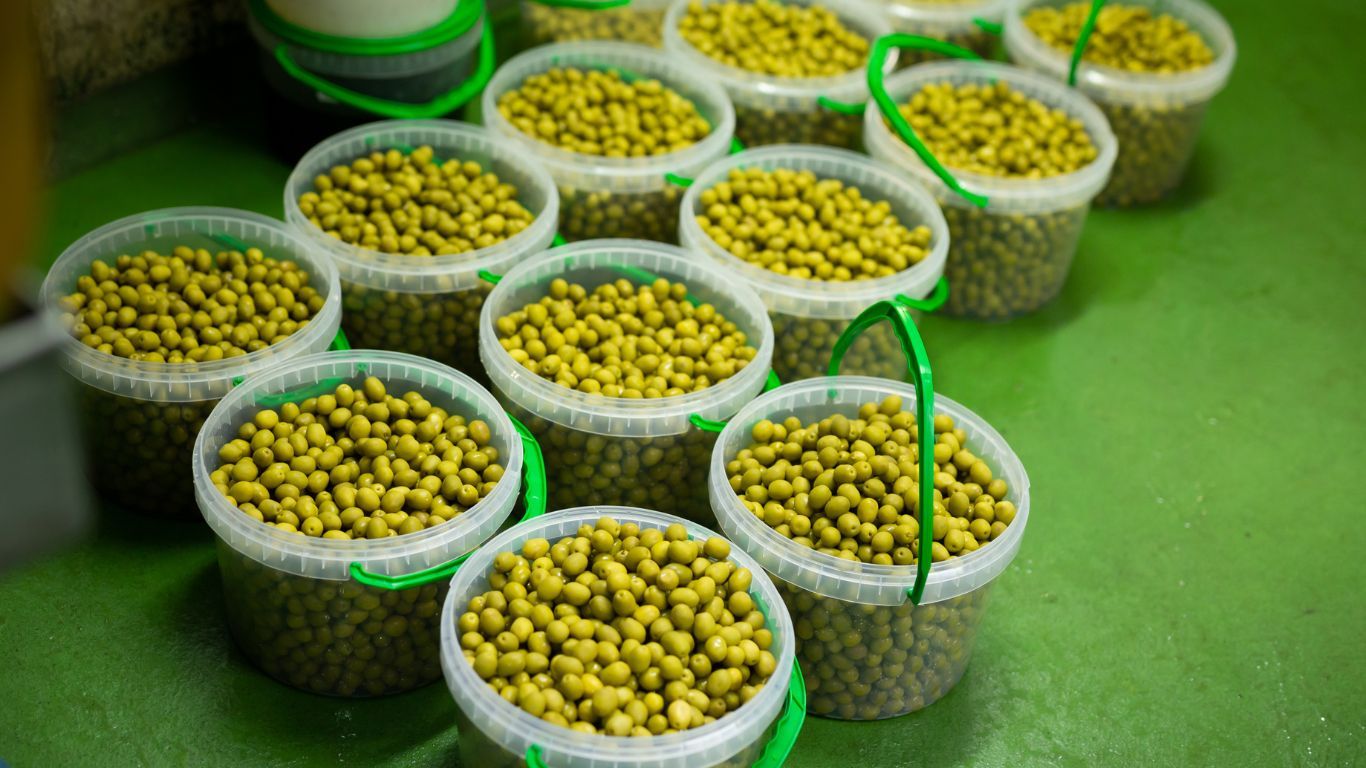
For those with a large quantity of tallow, the use of appropriate containers and techniques is necessary for bulk storage to maintain its longevity and quality.
Utilize sturdy, airtight containers such as food-grade buckets or stainless steel drums for bulk storage of tallow. These containers will protect the tallow from air exposure, oxidation, and moisture, helping to maintain its freshness and shelf life.
Store the tallow in a cool, dark place, away from direct sunlight, to prevent heat exposure and maintain a consistent temperature. Label the containers with the storage date to monitor freshness and ensure proper rotation of your tallow supply.
By following these tips for bulk storage, you can efficiently store large quantities of tallow while maintaining its quality, freshness, and shelf life, allowing you to enjoy its many benefits in various applications.
Frequently Asked Questions
What is the best way to store beef tallow?
To store beef tallow, use airtight containers or vacuum-sealed bags to extend its shelf life. It is best to keep it in a dark place, such as the pantry, refrigerator, or freezer, to maximize its shelf life and ensure its freshness. For best results, store beef tallow at room temperature if you use it regularly.
Do I need to refrigerate beef tallow?
No need to refrigerate beef tallow; just store it in an airtight container on the kitchen counter and it can remain fresh for up to a year. It will harden if stored in the refrigerator, it'll be easier to scoop when it is at room temperature.
What is the difference between suet and tallow?
Suet is a raw form of beef fat that is derived from the kidneys, while tallow is a rendered version of suet. Lamb tallow is a similar product made from lamb fat.
What are the signs of spoilage or rancidity in beef tallow?
Discoloration, a sour or soapy odor, and an unpleasant taste are all signs of spoilage or rancidity in beef tallow. Spoilage can be identified by a rancid smell or discoloration.
What are the best containers for storing beef tallow?
The best containers for storing beef tallow are food-grade glass jars, stainless steel containers, or plastic containers with tight-fitting lids.
Final Thoughts
Beef tallow is a versatile and healthy cooking fat that has been rediscovered for its numerous culinary and non-culinary applications.
By understanding the properties of tallow, mastering its storage techniques, and utilizing it creatively, you can make the most of this remarkable ingredient.
Whether you’re frying up a delicious meal, crafting artisanal soap, or conditioning your favorite leather boots, tallow is a sustainable and natural choice that will elevate your experiences in the kitchen and beyond.
Before You Go...
